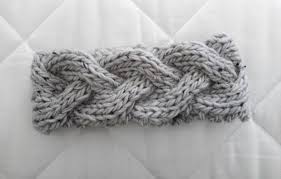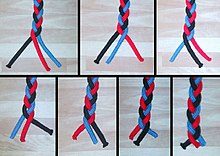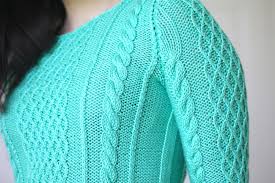Day 4 = May 10, 2014
From Wikipedia, the free encyclopedia
A braid (also called plait) is a complex structure or pattern formed by intertwining three or more strands of flexible material such as textile fibres, wire, or hair. Compared to the process of weaving a wide sheet of cloth from two separate, perpendicular groups of strands (warp and weft), a braid is usually long and narrow, with each component strand functionally equivalent in zigzagging forward through the overlapping mass of the others.
The simplest possible braid is a flat, solid, three-strand structure in some countries/cases called a plait. More complex braids can be constructed from an arbitrary (but usually odd) number of strands to create a wider range of structures: wider ribbon-like bands, hollow or solid cylindrical cords, or broad mats which resemble a rudimentary perpendicular weave.
Braids are commonly used to make rope, decorative objects, and hairstyles[1] (also see pigtails, French braid). Complex braids have been used to create hanging fibre artworks. Braiding is also used to prepare horses' manes and tails for showing, polo and polocrosse.[2]
A step by step creation of a basic braid using three strings
Braids are a very common thing, especially in a household with 3 girls. They can be used by themselves as a headband or a scarf like the ones pictured below.


They can be can be used in multiples for fill out a scarf or a sweater.
They can be used as a beautiful edging on a hem or a sleeve.


They can be simple or complex.


Knitting question of the day
Have you ever experimented with braids?
Knitting Braids,
Victoria



No comments:
Post a Comment